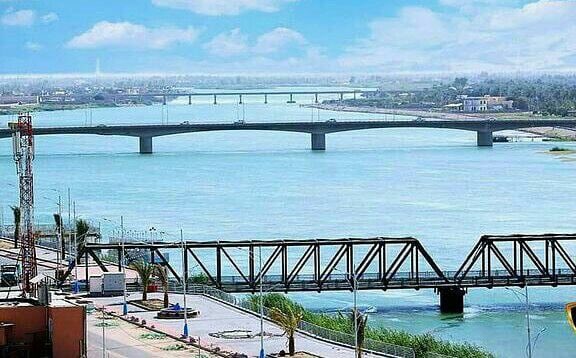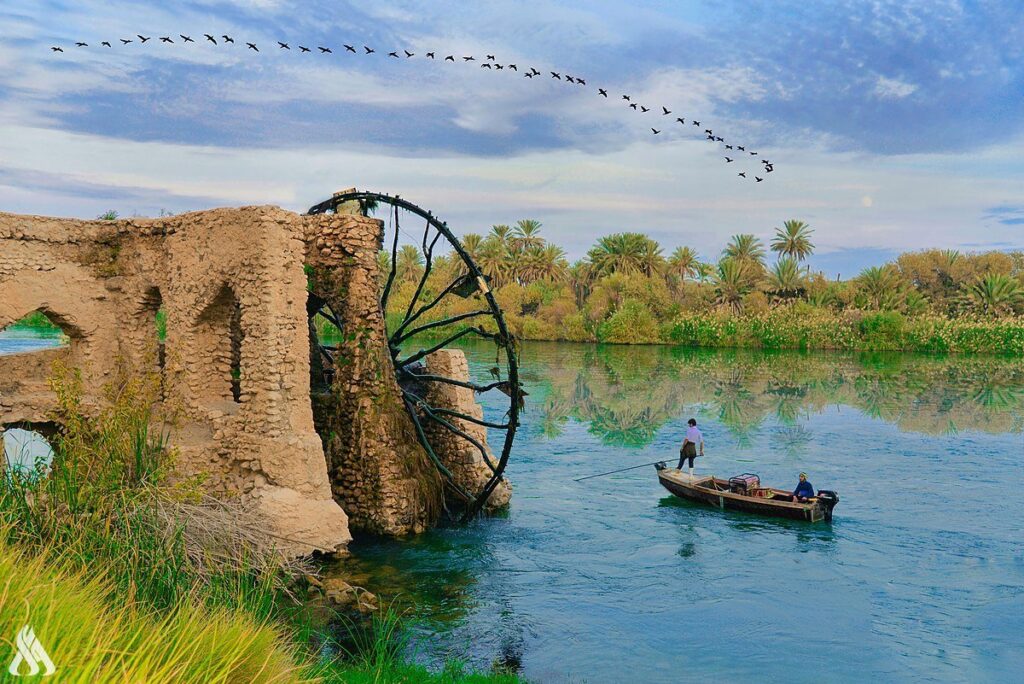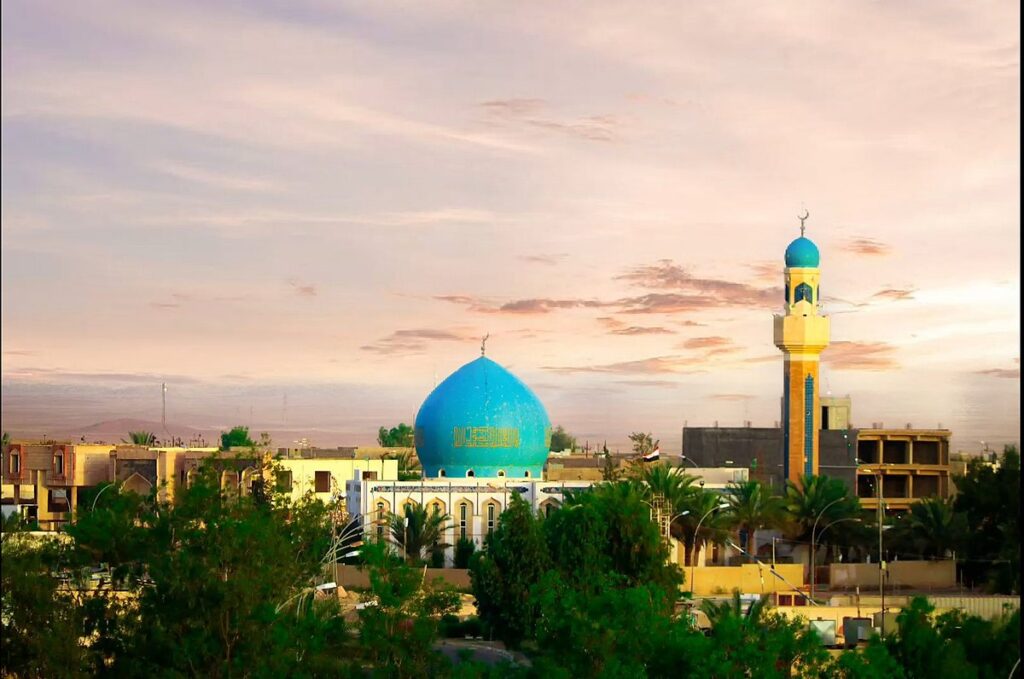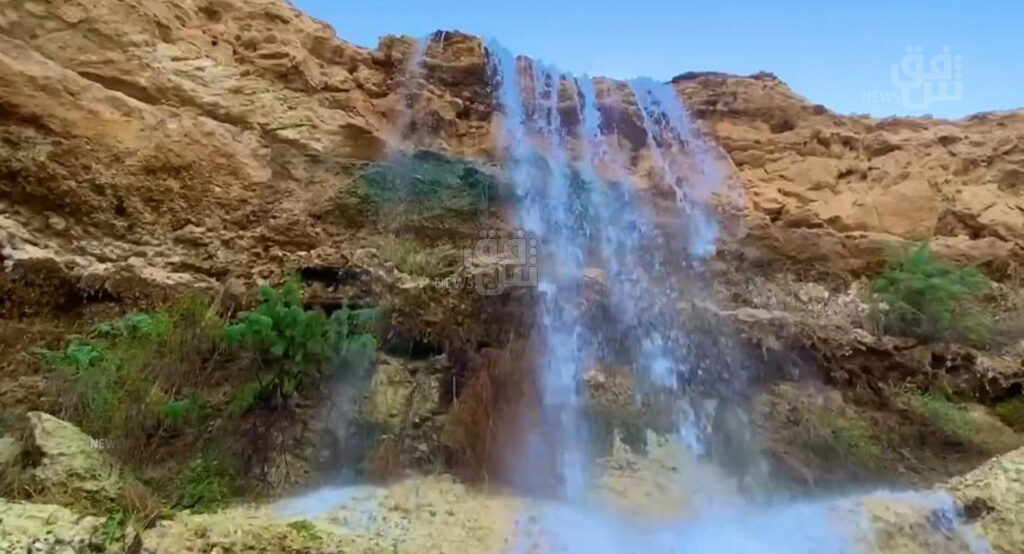Anbar - A Historical Overview and Key Cities in Iraq

Exploring Fallujah - A Historical Overview and Nearby Attractions
Fallujah, a city located approximately 60 kilometers to the west of Baghdad, holds significant historical and cultural value. It is often believed that the city’s name may have ancient roots, possibly connected to the name Ghamdi, an old term derived from historical sources. The city’s mention in ancient cuneiform texts.
As you pass through this fascinating city, be sure to take the opportunity to visit Lake Habbaniyah, a beautiful and serene destination. Additionally, the area surrounding the lake boasts a tourist city that offers numerous attractions for visitors seeking relaxation and exploration.
Exploring the Historical and Cultural Significance of the City of Hit
When you pass the city of Ramadi, you can visit the city of Hit and enjoy watching its traditional waterwheels. This city was famous during the Sumerian-Babylonian and Assyrian eras for being a source of tar. The Assyrian king Tawaklti Nurta 889-884 BC said that Hit was built near the sources of tar in Ed.
It is said, according to some accounts, that the Prophet Noah had painted his ark from this tar, and it was also used in Babylon and Ur. It is also said that the tar that Nebuchadnezzar used in the foundations of the city of Babylon was taken from the city, as was mentioned in the Sumerian tablets that the tar was used in paving the streets and making ships and drinking utensils.


Anah City - A Historic Center and Agricultural Hub in Anbar Governorate
When you pass the city of Haditha, you reach Anah city, which is located to the northwest of it. It is a city with an ancient history as it was the center of an ancient region that was mentioned in the Babylonian and Assyrian texts. Among the monuments of the city of Anah is its high octagonal minaret of a unique type, dating back to the fifth century AH, eleventh century AD.
The most important agricultural crops in Anbar Governorate are the spring and autumn potatoes, then wheat, barley, yellow corn, a group of vegetables, onions and fodder. Agriculture in Anbar Governorate depends on the surface or intermediate irrigation and on wells, springs and rain.
Al-Baghdadi District Artificial Waterfall: A Unique Tourist Investment in Anbar Governorate
The Creation of the First Artificial Waterfall in Al-Baghdadi District, Anbar Governorate: A Groundbreaking and Visionary Tourist Investment Initiative in the Village of Siba, Capitalizing on the Region’s Unique Geographical Features, Including the Rugged Stony Terrain and Majestic Hills, to Develop an Extraordinary and Sustainable Tourist Destination That Promotes Economic Development, Environmental Awareness, and Cultural Appreciation, While Attracting Visitors from Across the Region and Beyond

Everything You Need to Know: Frequently Asked Questions About Travel and Tourism in Anbar, Iraq
Anbar is known for its rich history, natural beauty, and historical landmarks. Popular attractions include the Al-Baghdadi district’s artificial waterfall, the ancient city of Hit, and the beautiful desert landscapes. Additionally, the region is home to the famous Al-Ramadi Bridge and a number of ancient ruins and archaeological sites.
While parts of Anbar have faced security challenges in the past, the security situation has greatly improved in recent years. Travelers should always check current travel advisories from their government and ensure they are up to date with local security conditions.
The best time to visit Anbar is during the spring (March to May) or autumn (September to November) months when the weather is milder. Summer temperatures can reach very high levels, making outdoor activities less comfortable.
Yes, there are several hotels and guesthouses in Anbar, especially in larger cities like Ramadi and Hit. These range from budget to mid-range options, with some offering modern amenities. It’s advisable to book accommodations in advance, especially during peak seasons.
Dress modestly when visiting Anbar, as it is a conservative region. Women should wear clothing that covers their arms and legs, while men should avoid wearing shorts. During summer, light, breathable clothing is recommended due to the hot climate.
Anbar’s cuisine features a variety of Middle Eastern dishes, including kebabs, pilaf, and stews. Popular foods include “Kebab,” “Samak” (fish), and “Kubba” (meat-filled bulgur). The region also offers a variety of delicious desserts such as “Baklava” and “Knafeh.”
Anbar is approximately 100 km west of Baghdad. You can reach Anbar by car or bus. The journey typically takes around 1.5 to 2 hours. It’s important to travel with a local guide or tour operator to ensure a smooth journey and to navigate any security protocols.
Within Anbar, transportation options include taxis, buses, and private vehicles. For greater flexibility and comfort, renting a car or arranging private transportation with a local guide can be more convenient. Local public transport may be less reliable in some areas.
The local currency in Anbar, as in the rest of Iraq, is the Iraqi Dinar (IQD). International credit and debit cards may not always be accepted, so it’s advisable to carry cash. Currency exchange services are available in major cities like Ramadi.
Anbar has a predominantly Muslim population, so it is important to respect local customs and traditions. This includes dressing modestly, observing prayer times, and being mindful of local sensitivities regarding alcohol and public displays of affection. It’s also polite to greet people with “As-Salaam-Alaikum” (Peace be upon you) when meeting.
